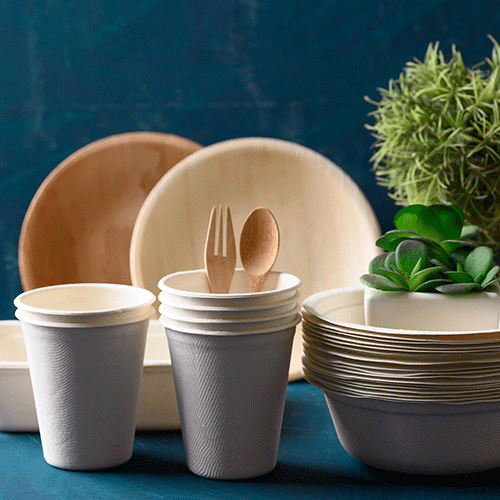
Packaging currently creates one of the largest negative impacts on the environment. According to the OECD, the volume of waste has doubled in the last twenty years and shows little to no signs of slowing down.
Twenty per cent of this waste is plastic, with the vast majority sent to landfills because only 9% of the world’s plastic is recycled for a variety of reasons, including the lack of ability to fully recycle plastic. Part of this is because plastics cannot degrade quickly; every piece ever made still exists. This makes creating an alternative to traditional plastic packaging one of the industry’s biggest challenges.
While using paper and cardboard packaging has proven more sustainable, since it is more recyclable and biodegradable, it still faces challenges. However, this doesn’t mean that paper and packaging don’t still face recyclability challenges’, especially where plastic coating has been applied to provide durability and safety protocols, particularly for food products.
All services
Industries supported
 Sustainable Chemical manufacturing
Sustainable Chemical manufacturing Sustainable Construction
Sustainable Construction Sustainable Cosmetics and Personal Care
Sustainable Cosmetics and Personal Care Sustainable cotton
Sustainable cotton Sustainable detergents
Sustainable detergents Sustainable Electrical and Electronics
Sustainable Electrical and Electronics Sustainable Farming
Sustainable Farming Sustainable Food
Sustainable Food Sustainable Footwear
Sustainable Footwear Sustainable Furniture
Sustainable Furniture Sustainable hygiene, paper and pulp
Sustainable hygiene, paper and pulp Sustainable Leather
Sustainable Leather Sustainable Paper and Packaging
Sustainable Paper and Packaging Sustainable Textiles
Sustainable Textiles Sustainable Toys
Sustainable Toys


